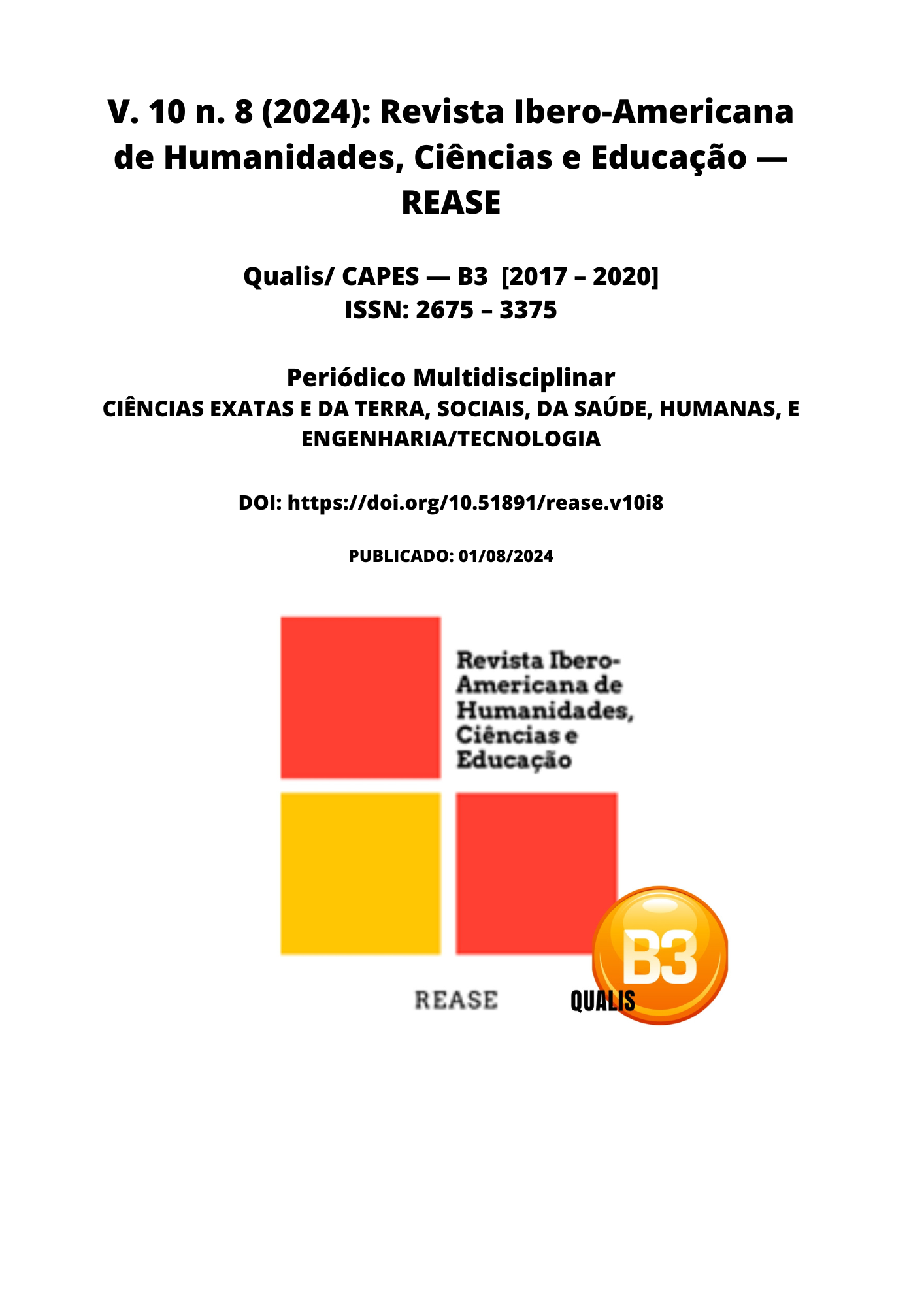PELVIC ORGAN PROLAPSE AND URINARY INCONTINENCE: SURGICAL APPROACH AND IMPACT ON QUALITY OF LIFE
DOI:
https://doi.org/10.51891/rease.v10i8.15349Keywords:
Pelvic organ prolapse. Urinary Incontinence. Surgical approach Quality of life.Abstract
Introduction: Pelvic organ prolapse and urinary incontinence are conditions that significantly affect the health and quality of life of women, especially those of advanced age. These conditions are often associated with weakening of the pelvic floor muscles, which can be caused by factors such as number of births, aging and genetic predisposition. Surgical treatment of these conditions has evolved considerably, with several techniques available to correct anatomical changes and alleviate symptoms. However, choosing the appropriate technique and considering postoperative impacts are crucial for therapeutic success and maintaining patients' quality of life. Objective: The systematic literature review aimed to critically analyze the scientific evidence available on approaches surgical procedures in the treatment of pelvic organ prolapse and urinary incontinence, as well as evaluating the impact of these treatments on patients' quality of life. Methodology: The methodology was based on the PRISMA checklist, with the selection of scientific articles published in the last 10 years in the databases of PubMed, Scielo and Web of Science data. The descriptors used were "pelvic organ prolapse", "urinary incontinence", "surgery", "quality of life" and "rehabilitation". Inclusion criteria included studies that addressed the effectiveness of surgical techniques, postoperative quality of life and comparisons between different approaches. Articles that did not address the surgical topic, studies with small samples and duplicate publications were excluded. Results: The results showed that surgical techniques, when well indicated and performed, provide significant improvements in patients' quality of life. Minimally invasive approaches, such as laparoscopy and robotic surgery, have shown advantages in terms of quick recovery and lower risk of complications. However, the need for post-operative rehabilitation and ongoing medical monitoring has been widely recognized as essential for long-term success. Conclusion: The review concluded that surgical treatment of pelvic organ prolapse and urinary incontinence is effective in improving symptoms and patients' quality of life. However, long-term success depends not only on the appropriate choice of surgical technique, but also on a multidisciplinary approach that includes rehabilitation and continued postoperative care.
Downloads
Downloads
Published
How to Cite
Issue
Section
Categories
License
Atribuição CC BY

